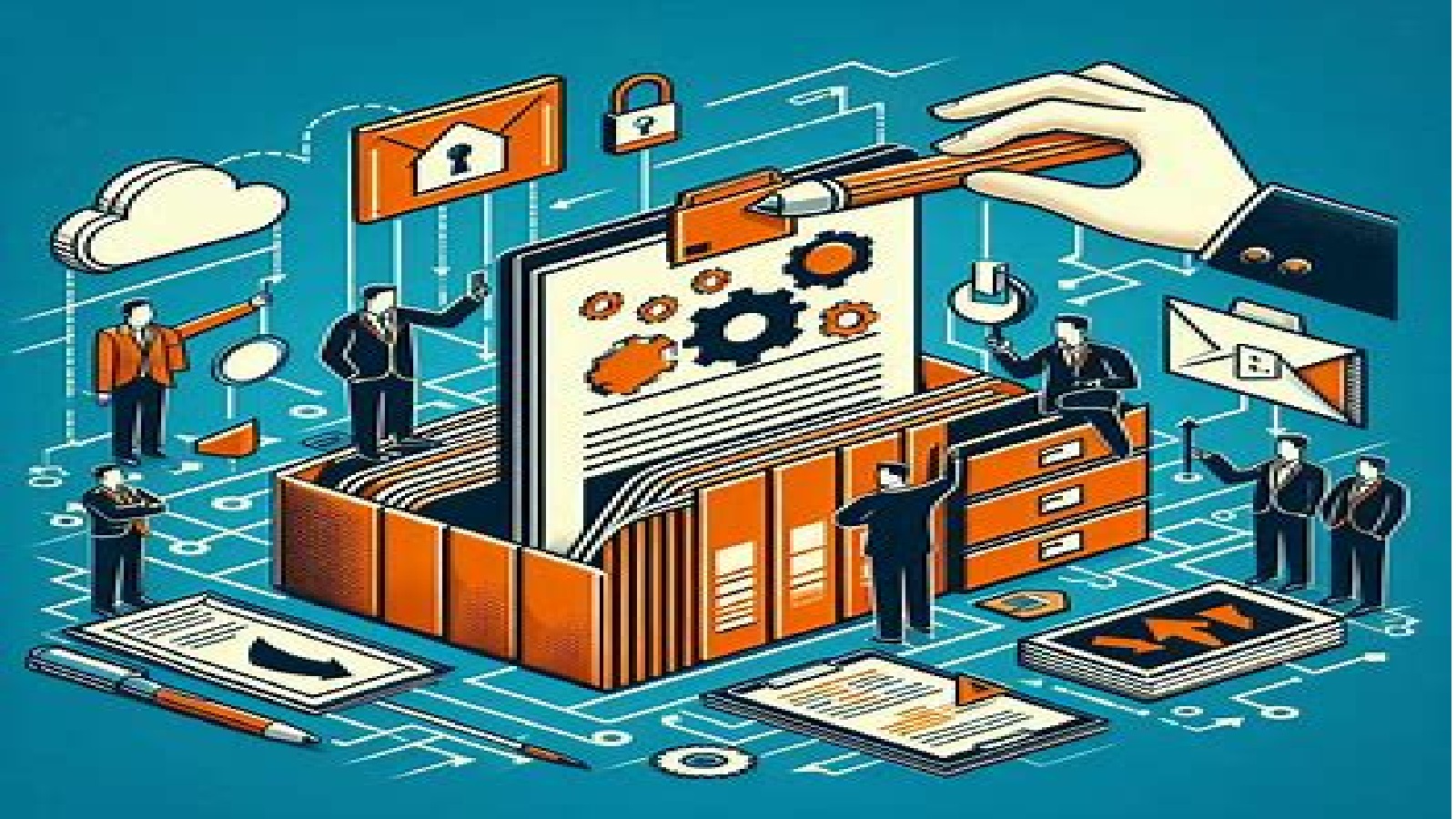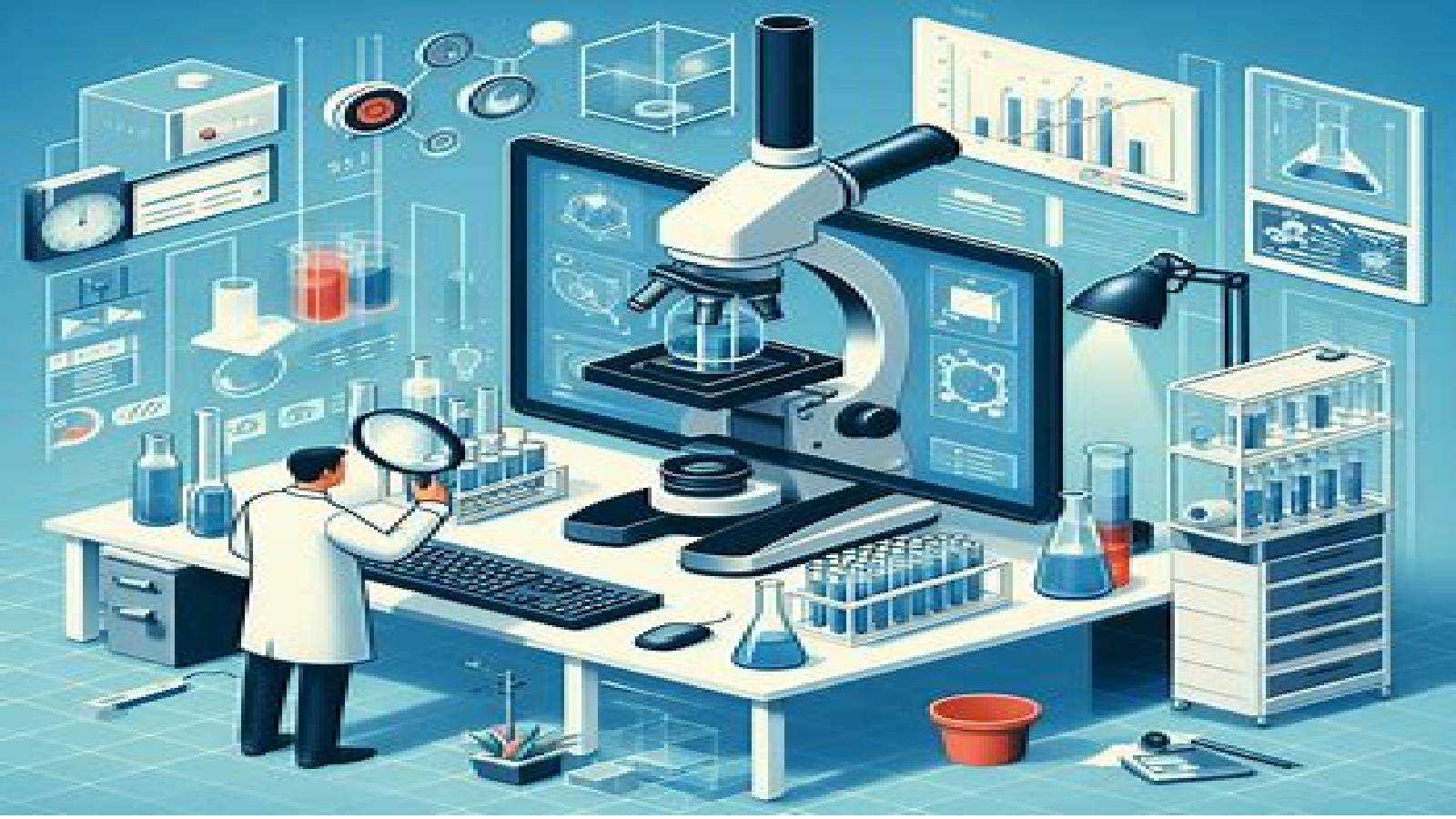1. Purpose
The purpose of this Standard Operating Procedure (SOP) is to establish guidelines for the retention and archiving of documents to ensure compliance with legal, regulatory, and operational requirements. This SOP aims to manage records efficiently, protect sensitive information, and support organizational continuity.
2. Scope
This SOP applies to all employees, departments, and functions within the organization. It covers all forms of documentation, including physical and electronic records, regardless of their origin or format.
3. Definitions
- Document: Any recorded information or data, regardless of the medium (paper, electronic, etc.).
- Retention Period: The duration for which a document must be kept before it can be destroyed or archived.
- Archiving: The process of transferring documents from active use to a storage system for long-term preservation.
- Destruction: The process of permanently eliminating documents after their retention period has expired.
4. Responsibilities
4.1 Management
- Ensure compliance with this SOP.
- Allocate resources for the implementation and maintenance of document retention and archiving systems.
4.2 Department Heads
- Oversee the implementation of this SOP within their respective departments.
- Ensure employees are aware of and comply with document retention and archiving policies.
4.3 Employees
- Adhere to the guidelines set forth in this SOP.
- Properly classify, store, and archive documents as required.
4.4 IT Department
- Provide and maintain electronic document management systems.
- Ensure the security and integrity of archived electronic documents.
5. Document Classification
Documents should be classified based on their content, sensitivity, and required retention period. The following categories are typically used:
5.1 Administrative Records
- General correspondence
- Meeting minutes
- Policies and procedures
5.2 Financial Records
- Invoices
- Financial statements
- Tax records
5.3 Legal and Compliance Records
- Contracts
- Licenses and permits
- Compliance reports
5.4 Human Resources Records
- Employee files
- Training records
- Payroll records
5.5 Operational Records
- Project documentation
- Research data
- Quality control records
6. Retention Periods
Retention periods vary depending on the type of document and regulatory requirements. The following table outlines typical retention periods:
| Document Type | Retention Period |
|---|---|
| General Correspondence | 2 years |
| Financial Records | 7 years |
| Tax Records | 7 years |
| Employee Files | Duration of employment + 5 years |
| Contracts | Term of contract + 6 years |
| Meeting Minutes | Permanently |
7. Document Storage
7.1 Physical Documents
- Store in a secure, accessible location.
- Use labeled folders and filing cabinets.
- Ensure protection from environmental damage (e.g., fire, water).
7.2 Electronic Documents
- Store in a secure electronic document management system (EDMS).
- Use appropriate file naming conventions.
- Ensure regular backups and cybersecurity measures.
8. Archiving Process
8.1 Physical Documents
- Identify documents eligible for archiving based on retention periods.
- Label and prepare documents for transfer to the archive.
- Store documents in a secure, designated archive location.
- Maintain an archive inventory for tracking purposes.
8.2 Electronic Documents
- Identify electronic documents eligible for archiving.
- Transfer documents to a secure, designated electronic archive.
- Ensure archived documents are indexed and searchable.
- Maintain an electronic archive inventory.
9. Document Destruction
9.1 Physical Documents
- Review documents eligible for destruction.
- Ensure no pending legal, audit, or investigation holds.
- Shred or incinerate documents to ensure complete destruction.
- Record the destruction in the document inventory.
9.2 Electronic Documents
- Review electronic documents eligible for destruction.
- Ensure no pending legal, audit, or investigation holds.
- Permanently delete documents from all storage systems.
- Record the destruction in the electronic document inventory.
10. Compliance and Auditing
- Conduct regular audits to ensure compliance with document retention and archiving policies.
- Address any non-compliance issues promptly.
- Review and update the SOP as needed to reflect changes in legal and regulatory requirements.
11. Training
- Provide training to all employees on document retention and archiving procedures.
- Ensure new employees receive training during the onboarding process.
- Conduct periodic refresher training sessions.
12. Review and Update
This SOP should be reviewed annually or as necessary to ensure it remains current with legal, regulatory, and organizational changes. Any updates or revisions must be approved by management and communicated to all relevant parties.
- For more articles, Kindly Click here.
- For pharmaceutical jobs, follow us on LinkedIn
- For Editable SOPs in word format contact us on info@pharmaceuticalcarrier.com
- For more information kindly follow us on pharmaguidelines.co.uk


